Our view at Stack - Pipedrive is a robust CRM platform, offering automation, contact data collection, webhooks, AI-powered sales assistant, email communications, email marketing, and customisable sales pipeline workflows.
Crafting compelling sales copy is the key to turning a browser into a customer. It’s like having a conversation with your potential buyer where you understand their needs and present your product as the solution.
Effective sales copy should grab your audience’s attention and convince them to buy. Getting this right involves many components, from understanding your audience to storytelling.
In this article, we’ll explore the art and science of writing effective sales copy. We’ll provide actionable tips and real-world examples that spotlight this crucial skill.
What is sales copy (and what makes it effective)?
Sales copy is content written to persuade readers to take a specific action, like purchasing a product or service. It’s an important part of any marketing campaign.
Business owners and marketers use it on websites, landing pages, ads, emails and for social media selling.
Effective sales copy communicates the benefits and unique selling points of your product or service. It also encourages prospective customers to choose your offering over alternatives.
To accomplish these goals, great sales copy often:
-
Grabs attention with a captivating headline
-
Identifies the audience’s problem or need
-
Presents the product or service as the solution
-
Highlights key benefits and features
-
Includes social proof, like testimonials or endorsements, to build trust
-
Has a clear and persuasive call to action (CTA) that urges the reader to take the next step
Writing sales copy requires a deep understanding of the target audience, including their needs, desires and potential objections. The goal is to craft a message that resonates with them.
Good sales copy is clear, concise and focused. It avoids generic claims in favor of specific, relatable benefits (more on this later).
How to write sales copy in five steps (with examples)
Writing effective sales copy is a blend of art and science. It requires an understanding of the target audience, clear knowledge of the product or service and the ability to persuade through words. Here are the steps for crafting compelling sales copy:
1. Understand your target audience and offerings
The first step is to understand exactly who your audience is. What are their needs, pain points, desires and behaviors?
The answers help you visualize your ideal customer and tailor your messaging to them.
Learn your audience inside and out
To understand your audience better, analyze who’s likely to benefit from your offerings the most. Here’s what the process looks like:
-
Research. Collect data through techniques like surveys, focus groups and by analyzing customer feedback. Look into demographics (age, gender, location), psychographics (interests, values) and behaviors (purchasing habits, online activity). Perform market research to understand your competition.
-
Create buyer personas. Create detailed profiles for your ideal customers. For example, say you’re marketing a productivity app. You could have personas like “Startup Susan”, a tech entrepreneur in her 30s looking to optimize her team’s workflow, and “Freelancer Frank”, a self-employed writer seeking better time management tools.
-
Identify pain points and desires. Understand what challenges your personas face and what they want to achieve. Shaun might want to reduce project delivery times without overworking his team. Frank might want to find more time for creative writing while juggling administrative tasks.
-
Match your offering to these needs. Tailor your sales copy to explain how your product or service addresses the pain points and fulfills the desires of your buyer personas.
Better understand your customers with our Buyer Persona Templates
Use these templates to ensure your solution always aligns with your customers’ interests and needs
Define your unique selling proposition
To define your unique selling proposition (USP), identify what makes your product or service unique compared to competitors. Your sales copy should highlight the benefits and features that set you apart.
Here are a few tips for defining your USP:
-
Analyze your competitors. Understand your direct and indirect competitors. Evaluate their offerings and how they compare with yours. List their strengths, weaknesses, pricing models and marketing strategies.
-
Find gaps. Look for areas where your competitors’ offerings are weak or absent, as these gaps are opportunities for you to fill.
-
Identify your strengths and weaknesses. Focus on what you do best, whether that’s unique product features, exceptional customer service or expertise in a particular area. Be realistic about how your offerings might compete.
-
Outline your value proposition. Based on your new understanding, define the core value that you offer. Your value proposition should be specific and clear.
Dropbox has a compelling value proposition: “Get to all your files from anywhere, on any device, and share them with anyone.”
It informs customers about Dropbox’s capabilities, focusing on benefits like accessibility, convenience and sharing capabilities. It also addresses a key pain point: users’ inability to access files from different devices or places.
Recommended reading

What is brand positioning: The ultimate guide with 4 examples
2. Craft compelling headlines
Your headline is often the first thing people see, so it needs to grab their attention and make them want to read more. Headlines should address a need, offer a solution or invoke curiosity.
Here are a few strategies to achieve this:
-
Use numbers and lists. Numbers grab attention because they promise something specific and quantifiable. Lists are easy to digest. A list-based headline could be: “7 Life-Changing Cleaning Products to Make Your Home Sparkle”.
-
Ask questions. Questions provoke curiosity or challenge existing beliefs. If your headline poses an interesting question to your audience, they’ll read on to find the answer. For instance, the headline “Are You Making These SEO Mistakes?” could make your article compelling to content marketers.
-
Be specific. The more specific your headlines are, the more credible and compelling your offer appears. For example, instead of saying “Lose Weight Fast” you could write “Lose 10 Pounds in 30 Days With Our Proven Plan”.
-
Use strong adjectives and verbs. Using words that trigger emotional responses or convey strong actions can make your sales copy more persuasive and memorable. The headline “Discover the Secret to Unstoppable Energy” uses the power word “unstoppable” to spark intrigue and excitement.
-
Highlight the benefit. Start your headline by clearly stating your value proposition. Grab attention immediately by proposing a solution to a problem. Dollar Shave Club’s famous line, “Shave Time. Shave Money” clearly communicates the dual benefits of cost and time savings.
-
Create urgency. Craft headlines that create a sense of urgency to encourage quick action. Do this by using time-sensitive language. Booking.com often uses this strategy with headers like, “Only 2 rooms left at this price!” to encourage fast bookings.
-
Invoke curiosity. Tease your readers into wanting to know more without giving everything away. For instance, in the ad for the US School of Music below, the headline, “They Laughed When I Sat Down at the Piano But When I Started To Play!” compels the reader to find out what happens next.

The above strategies create headlines that draw attention and convince your target audience to read on. Your next step? Create persuasive body copy that seals the deal.
3. Write persuasive body copy
Once you’ve written your headlines, you need to write body copy that captivates your readers. The goal of a headline is to draw your audience in, and the goal of body copy is to convince them to purchase.
Here are some tricks that skilled copywriters use to improve their body copy on sales pages.
Speak directly to the reader
Refer to your audience as “you” to make it feel like you’re having a one-on-one conversation. A personal touch like this can make the reader feel seen and understood, increasing the persuasive power of your message.
For instance, in this example ad, Trello addresses its target audience of project managers.

It talks about how the tool affects “your tasks, teammates, and tools”, making it personal.
Identify benefits, not just features
Features matter in product descriptions, but the benefits are what sell. Features describe what your product or service does.
Benefits explain how the product makes the customer’s life better, easier or more enjoyable. On product pages, focus on how the features will positively impact them.
Example: A feature might be “our vacuum cleaner has a HEPA filter”, but the benefit is that users can “breathe easier with cleaner air in your home, thanks to our advanced HEPA filter technology”.
Use storytelling
Stories connect on an emotional level. Incorporate customer stories or hypothetical scenarios that show potential customers how your offerings solve a problem or improve a situation.
For instance, this website copy comes from a company that makes sustainable juice drinks. Instead of describing its products, the company tells a story about its history.

Using this story helps them connect to people with similar values and may increase the likelihood of those who share said values becoming repeat customers.
Address the audience’s pain points
Speak directly to the problems or issues your target audience faces. Empathize with their situation, then show how your product or service solves their problem(s).
Consider this copy from the meditation app Headspace. It highlights some of the problems people want to address with meditation and mindfulness, like mental health, stress reduction and sleep quality.

Highlighting why people use the app shows new audience members how Headspace could help them and makes them more likely to convert.
Address objections proactively
Try to overcome sales objections before they arise. If you can think of anything your customers might see as a problem, include the solution in your sales copy. Doing so builds trust and can remove barriers to purchase.
Example: One objection to new tech is that it’s hard to get working. Your copy could address this by saying, “Worried about setup? Our plug-and-play solution gets you up and running in minutes, no tech expertise required”.
Incorporate social proof
Knowing that others have had a positive experience with your product or service can be incredibly persuasive and reassuring. To capitalize on this, include testimonials, reviews, endorsements or case studies in your sales copy to build trust and credibility.
Take a look at these endorsements from the Copyhackers website:

Testimonials from top thought leaders in the copywriting industry give the company credibility.
Keep it clear and simplify complex information
Avoid jargon and keep your language simple. Long-winded sentences can lose your reader’s attention. Ensure your message is easy to understand and follow. Be direct and to the point.
For instance, cloud services can be confusing. Dropbox, therefore, simplifies its message.

Dropbox’s copy clearly explains that you can easily organize and securely access files.
Use these copywriting tips to improve readability
To go along with the strategies above, here are a few small but effective things to make your copy stand out:
-
Use short sentences and paragraphs
-
Stick with conversational language
-
Include subheadings, bullet points and lists to break up the text
-
Use active voice
-
Leverage white space and avoid clutter
-
Highlight key points with bold or italic text
-
Use a logical flow of ideas
-
Conduct readability tests using tools like Grammarly or Hemingway Editor
Recommended reading

How to increase online sales: 14 proven techniques
4. Close with powerful calls to action (CTAs)
Your sales copy should lead to a specific action you want the reader to take, like “Buy Now”, “Sign Up” or “Learn More” – this is the call to action, one of the most important parts of sales copy and digital marketing.
A CTA guides the reader to the next steps. It might encourage them to purchase, sign up for more information or contact your business. Without this direction, even interested readers may not take any action.
Here’s how to make an irresistible CTA:
-
Use action-oriented verbs. Start your CTA with a verb that demands action. For example, “Buy”, “Download”, “Subscribe” or “Start”. A clear directive like this is the first step toward converting readers.
-
Create a sense of urgency. Doubling down on a sense of urgency can improve your CTA effectiveness. Words that signal urgency or scarcity like “Now” or “Today” can encourage readers to act immediately.
-
Reiterate the benefit. Restate the benefits of the solution mentioned in your headline and body copy in the CTA. You could say, “Download Now to Simplify Your Workflow”, for example.
-
Make it stand out. Use visuals to make your CTA pop, like bright or contrasting colors and a placement that draws the reader’s eye. Designing the CTA as a button can help, as they’re harder to miss.
-
Personalize where possible. Increase the relevance of a CTA by tailoring it to the reader’s experience. One way to do this is to make the CTA fit the page’s context or the reader’s place in the customer journey. For example, use “Start Your Free Trial” instead of a generic “Click Here”.
-
Offer assurance. If applicable, include phrases that reduce the buyer’s perceived risk. Examples include “No credit card required” or “Unsubscribe at any time”. Sentences like these help alleviate fears and make taking the next step feel like less of a commitment.
-
Ensure mobile-friendliness. Make your CTA easy to click (or tap) and visible on smaller screens. Responsive website design is vital to making your CTA accessible to everyone. The same applies to your email campaigns.
-
Keep it above the fold. Place your most important CTA where readers can see it without scrolling. A visible primary CTA that immediately captures attention means that readers who aren’t going to scroll down may still click.
-
Give something away to encourage action. Offer something of value to make your readers more inclined to do something in return. You could offer helpful information, a free sample or a no-strings-attached trial.
Now that you have all the pieces, it’s time to test and refine your copy to get the most out of it.
Next, we’ll look at how to optimize your sales copy.
5. Test and tweak your sales copy for success
Like all content, the first draft of your sales copy will probably need tweaking before it’s fully effective – that’s where testing and optimization strategies come in. You can get an idea of what works and what doesn’t, then improve your sales copy.
Here are some ways to test and optimize your sales copy, as well as a few creative ideas to try out with your audience:
Use A/B testing
A/B testing, or split testing, is a powerful way to improve all types of copy, including content marketing, email marketing, ads and more.
To perform A/B testing, create two versions of your sales copy (A and B) that differ in one way. The difference might be the headline, call to action (CTA) or the placement of customer testimonials.
Then, randomly present these versions to your audience and analyze which performs better.
Track KPIs like conversions, clicks or other relevant metrics. Gather feedback and be prepared to tweak your copy based on the responses and conversion rates you see.
A/B testing should be a part of any solid marketing campaign.
When it comes to your email marketing strategy, test different subject lines, body copy, or CTA placements to see which versions achieve better open and click-through rates.
Perform search engine optimization (SEO)
If your sales copy is online, ensure it’s optimized for search engines so your target audience can find it. SEO and web design have many aspects and the rules change constantly.
It’s worth reading a few in-depth SEO guides to understand current best practices. Google’s SEO starter guide is a good place to begin.
Here are a few tips to get you started:
-
Research and use relevant keywords in your copy
-
Create high-quality and relevant content that answers important questions
-
Perform on-page optimization with title tags, meta descriptions and header tags within the content
-
Optimize for mobile screens and have an easy-to-navigate site structure
-
Ensure that your web pages load quickly and seamlessly on any device
Make use of heatmaps and conversion paths
To optimize the sales copy on your website, utilize heatmap tools. These show where your users click on your pages, how far they scroll and what they focus on. Using this data, you can see what elements attract attention and what parts readers ignore. You can optimize your copy and layout based on your findings.
Use website visitor tracking to see how users navigate your website and reach your sales copy. By analyzing these pathways, you may identify places where users drop off or paths that lead to high conversion rates.
For instance, they might follow a link on your home page to a dead end and then leave your site.
If this were the case, you could then remove that link or optimize the page it leads to. The optimized page could include sales copy and a CTA that drives the visitor further down the buyer’s journey.
Incorporate visual elements
Visual aids can help explain complex information and make a lasting impression. Where possible, include images, charts, videos or infographics to complement your content and highlight the benefits of your product.
One example is before-and-after images. These are used in adverts to show the efficacy of a given solution. For example, they could show the effectiveness of a cleaning product before and after use, like the image below.

Collect customer feedback
Seeking direct customer feedback is a great way to determine how people view your content. You can collect feedback with customer surveys or by asking for a review. Try to understand what they liked, what convinced them and what they found confusing or unappealing.
Once you have these details, you can refine your messaging to make it resonate more with your target audience.
Final thoughts
The key to successful sales copy lies not just in what you say but also in how you say it. Using these strategies when writing copy can help you create more persuasive, engaging and compelling content. It will resonate with your audience, address their needs and guide them toward purchasing.
If Pipedrive is of interest and you'd like more information, please do make contact or take a look in more detail here.
Credit: Original article published here.






 Compare LearnWorlds with Mighty Networks
Compare LearnWorlds with Mighty Networks











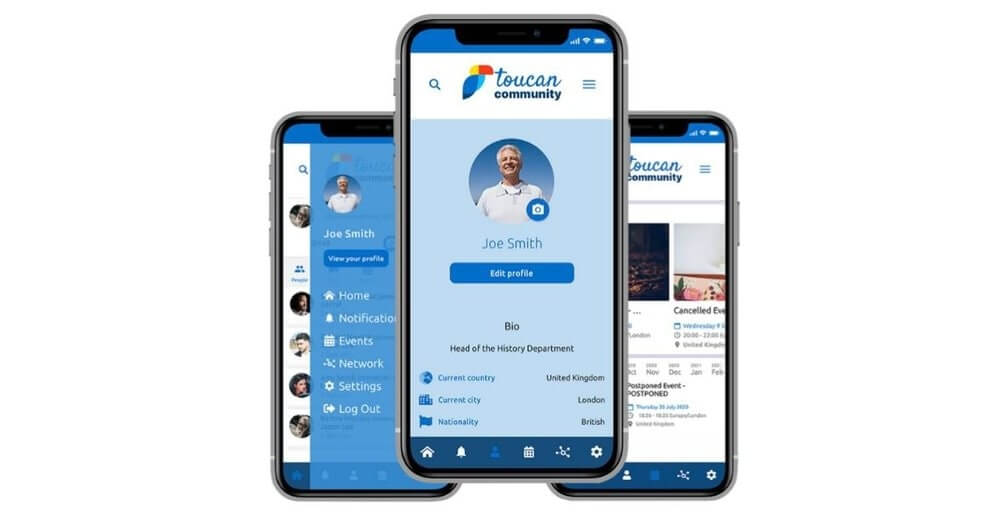













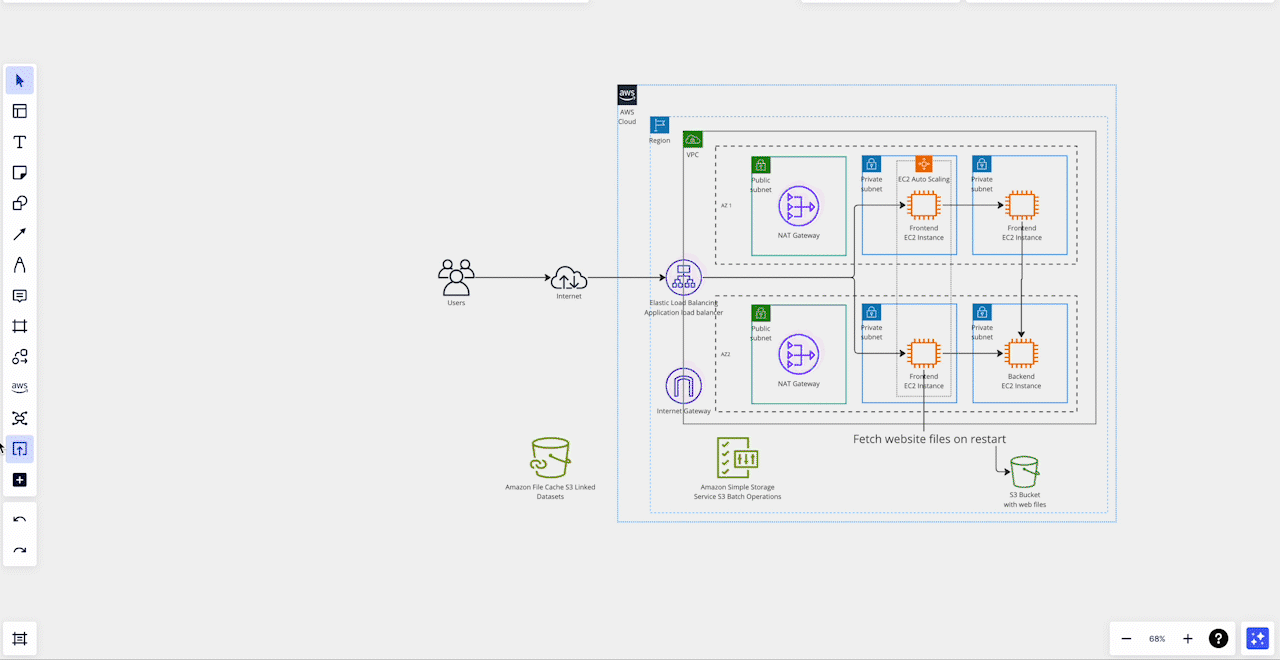
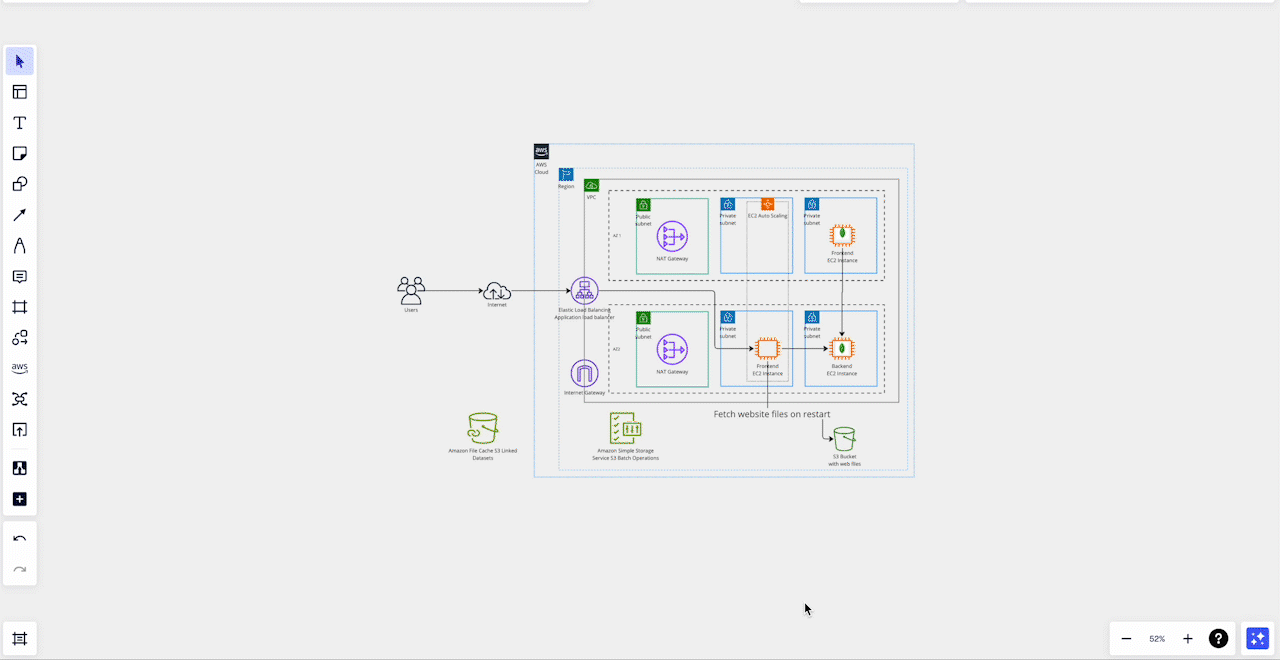

 Image Source
Image Source Image Source
Image Source



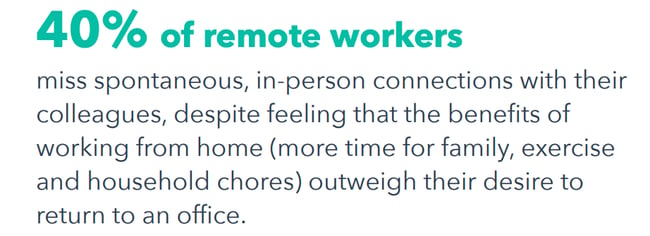

![Download Now: The 2023 State of Social Media Trends [Free Report]](https://no-cache.hubspot.com/cta/default/53/3dc1dfd9-2cb4-4498-8c57-19dbb5671820.png)

![Download Now: Ultimate Google Ads PPC Guide [Free Kit]](https://no-cache.hubspot.com/cta/default/53/fbcf2b0b-3c92-4b5b-aee9-f9baf59d9721.png)

















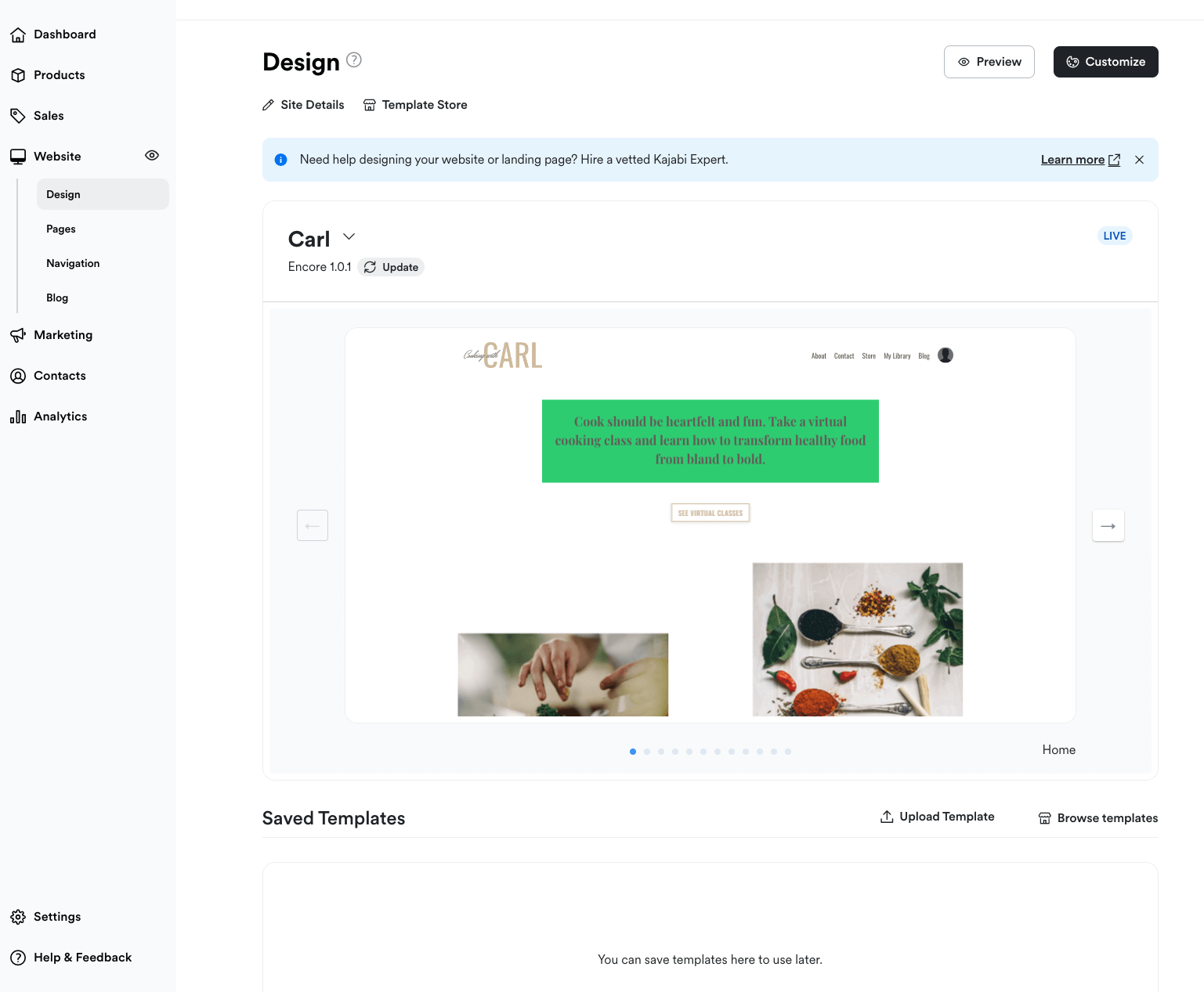









 Why choose LearnWorlds?
Why choose LearnWorlds?